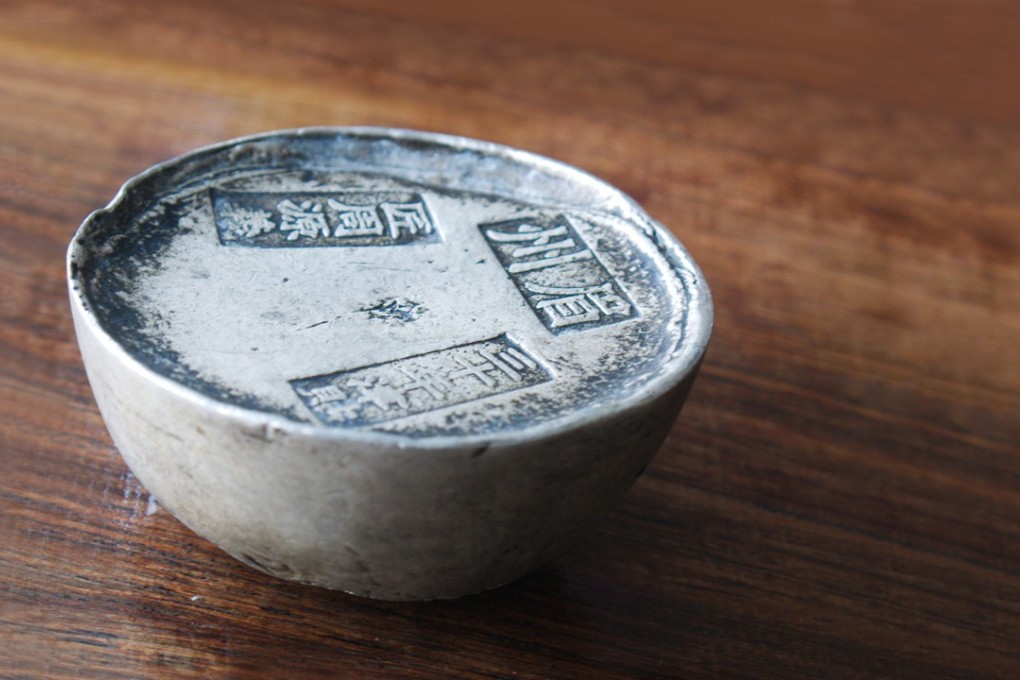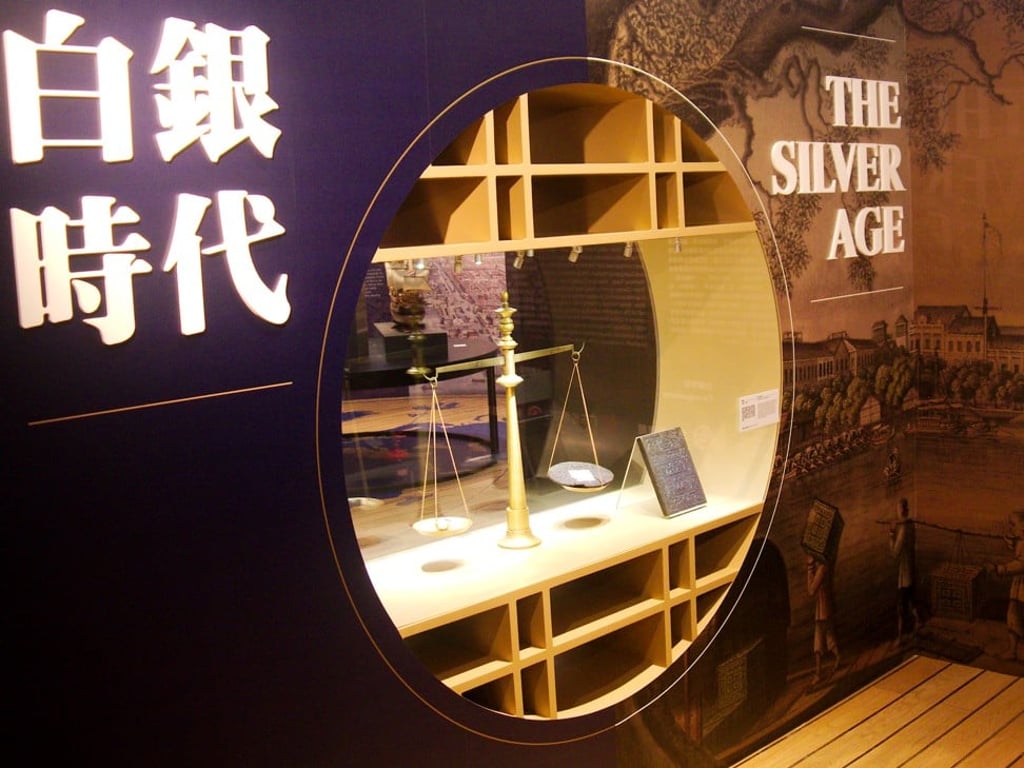How China and Hong Kong’s currencies were shaped by Spanish, Mexican silver dollars
Many modern East Asian currencies have roots in Ming dynasty trade and Chinese traders’ faith in the Mexican silver dollar. Attempts to dislodge it, such as the Hong Kong-minted silver British dollar, were not always successful

At the antiques market near the old Qingjing mosque in central Quanzhou, a city in China’s south-eastern Fujian province, it is sometimes possible to purchase unusual silver objects that reveal much about the currencies in circulation in East Asia today.
On one stall, crammed with opium pipes, blue-and-white ceramics and jade trinkets, is a small, dome-shaped lump of metal in a rusty tin box. It is not much to look at, and the vendor cannot vouch for its authenticity, but the three hallmarks on its flat base and the lined, pockmarked surface suggest it is sycee – a high-grade silver ingot.
Coin stash that puts new spin on China’s 100 years of humiliation
“Sycee was the silver money of the Chinese empire,” says Joe Cribb, the former keeper of the department of coins and medals at London’s British Museum and author of Money in the Bank, which documents the money collection of the HSBC archives.
HSBC still has a number of sycee ingots (or “shoes”) of various shapes and sizes in its archive, but for decades its vaults would have been stuffed with them as hard backing for the Hong Kong dollar. A few are currently on display at an exhibition called “The Silver Age” at the Hong Kong Maritime Museum (until February 25), which outlines how important silver once was to Hong Kong’s economy, maritime trade and culture.
Silver is known to have existed as a medium of payment in China since nearly 5,000 years ago, and was a popular means of payment for large transactions from the 8th century. Italian explorer Marco Polo was amazed by paper money in Kublai Khan’s China in the 1280s, but overprinting led to hyper-inflation. The Chinese lost faith in paper money centuries before most other nations even considered introducing it.
